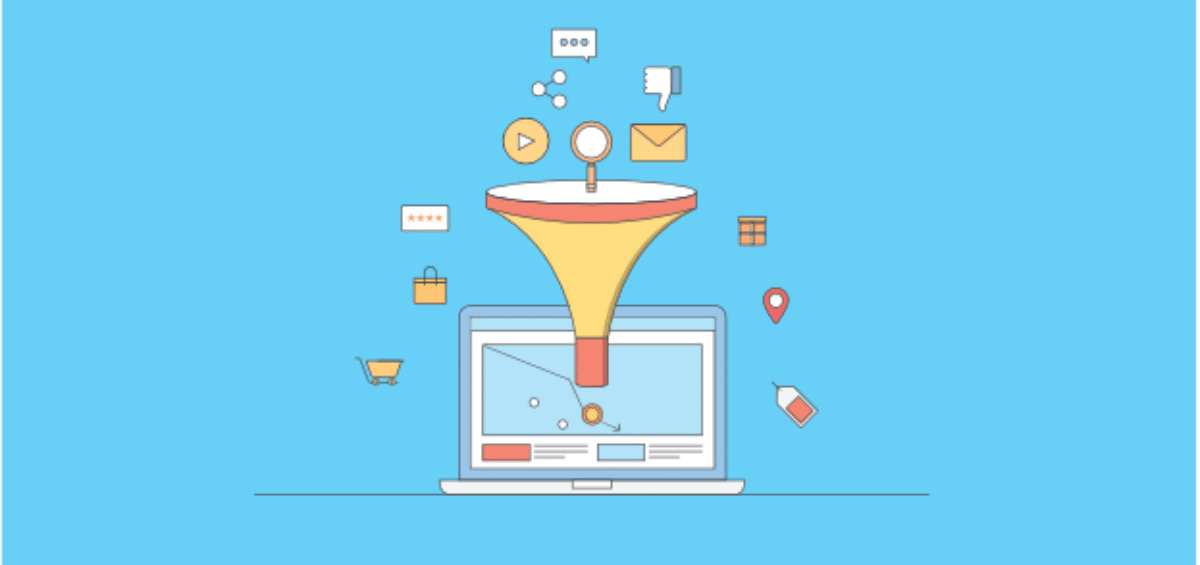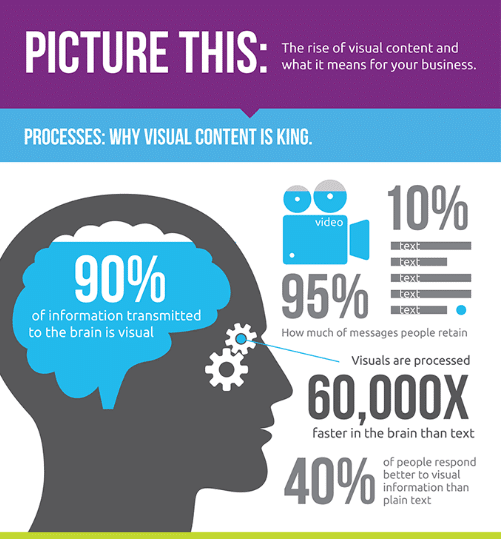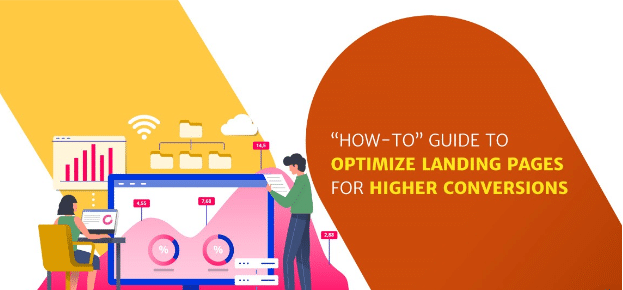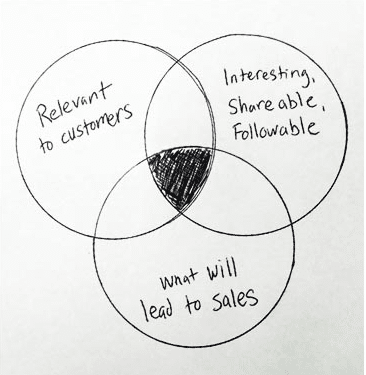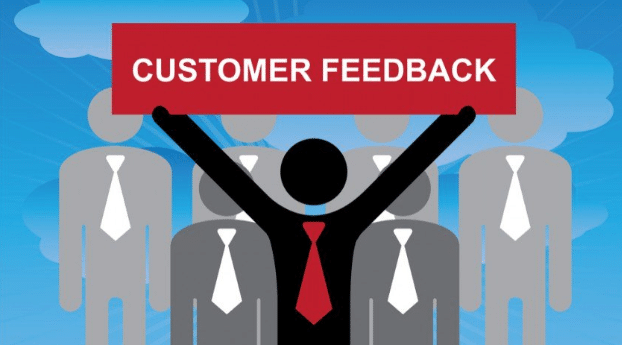Your website’s content plays an essential role in achieving your conversion objectives. Even content that doesn’t contribute directly toward sales will serve useful for leading potential customers through the conversion funnel. This is why getting the most value out of your content is crucial.
Let’s take a look at a few ways to optimize your blog content to achieve your conversion goals. If you have yet to create a blog for your company website, it’s time you do.
Check out our article on 6 Reasons Why You Should Have a Company Blog For Your Business to learn about the benefits of a branded blog. You can also read through our content distribution strategy article for a good understanding of how to maximize your blog efforts.
Utilize Visual Content
The online world is a visually-driven one, and audiences love when brands use visual content to enhance the online experience. Nowadays, simply posting paragraph after paragraph of text on your blog isn’t enough to keep your audience’s attention and drive conversions. You need to break up your text content with visually-arresting and interesting graphics. Some valuable forms of visual content to include in your blog posts are: photos, videos and infographics. When you strategically integrate these into your content marketing strategy, it becomes possible to increase organic traffic.
Most web users today don’t have the time to read through line after line of text to get the information they need. They need relevant and useful information, and they need it fast. By all means, continue to provide text content for readers who have the time and inclination to read leisurely through your blog. But make sure to leverage video marketing and infographics for those who quickly want to get to the point.
Use Blog Posts as Landing Pages
When you approach your blog posts strategically, you can turn them into landing pages. The goal of any landing page is to inform and capture, and your blog posts are an excellent place to provide enlightening information.
To turn the posts into landing pages, you first have to decide on the intended action you want your readers to take. Don’t plan on getting your readers to take multiple actions. Instead, choose one action. The easier it is for them to follow the action, the better. When you give them the opportunity to choose between different actions, it blurs the entire purpose of using a blog post as a landing page and makes it difficult for the audience to understand what you want them to do.
Examples of intended actions include:
- Comment on the post
- Email signup
- Buy a product
- Share the post
- Contact your company
- Subscribe to your blog
Landing pages contain many elements, but the most important in terms of improving your conversion rates are the headline, body and call to action.
The headline initially grabs your audience’s attention. You want it to communicate what the rest of the page is about, and it should do so in a way that makes your audience want to read more.
The body is the “meat” of your content. It’s where you want your readers to spend the most time, so you will want to make it as interesting and as engrossing as possible. The body should also be relevant to their needs and interests while still being easy to read and understand. Most importantly, the body should highlight a pain point and how to overcome it. If you don’t solve a problem for the reader, then you aren’t providing value.
The call to action (CTA) is what will spur your readers toward the desired action. Your CTA must encourage them to ask for more information, click on a link to your product page, or whatever else you want them to do. It has to be easy to understand and enable them to easily follow through on the action.
Provide Useful and Relevant Content
Always strive to provide value to your readers. You can do this by providing useful, relevant and informative content that is related to your niche. Gone are the days when it was enough to simply have paragraphs of text on your website with a few keywords strategically scattered throughout. Today’s more discriminating audiences demand much more from blogs, requiring content that they can actually use.
Try to think one step ahead of your readers and figure out what they need. If you’re promoting an email marketing tool, for instance, don’t simply make a pitch for your product. Instead, try to present real-world scenarios in which an email marketing tool can boost their business, then back it up with verifiable facts. Doing so helps establish your site’s authority, making readers more likely to purchase your product.
Get Your Customers Involved
Don’t neglect the value of getting your existing customers involved in the content marketing process. New customers are more likely to believe in what you have to say if other customers back it up with feedback. You can encourage satisfied customers to post feedback in your blog’s comment section, for example, or post genuine user testimonials. These tactics serve to make your blog seem more authentic, increasing your chances of converting site visits into sales.
Photos and videos are useful in this context as well. Video demos, walkthroughs or photos in which customers show off your products in a good light are very powerful and convincing marketing tools. A study conducted by Olapic showed that more than 56% of respondents expressed an urge to purchase a product when they saw it in a consumer photo first. The study also showed that 25% of the consumers interviewed purchased a product after seeing it in content generated by other consumers.
Don’t Neglect Presentation
Presentation plays a huge role in how your readers perceive and process your content. Even professionally-written content, impressive infographics, or colorful photos can go to waste when you fail to present them effectively.
Always make sure your content is easy to read and easy to access, and that the message is clear. Your readers should easily understand what it is you’re trying to say in your text content after reading the first paragraph, or, in the case of infographics, after reading the title. With video, your readers should know what the subject matter is right from the start as well.
Pay attention to the hierarchy of each blog post page. The most important elements should appear as the most prominent, making it easy for readers to follow the hierarchy logically and naturally. You will ideally want them to notice the headline, get the gist of your message from the graphics and photos, and get more detailed information from the body. If necessary, you can utilize video to demonstrate key steps and infographics to provide statistical information.
Optimizing blog content for higher conversions requires making it easy for your visitors to perform a specific action. The process should be easy and natural – never forced – and ultimately result in your readers making a purchase, or in the least, contacting your brand. When you give your readers what they want and need, you will experience a noticeable increase in your conversion rates.
Need help optimizing your blog content to achieve higher conversions? Here at IGW, we have a team of marketing specialists who can assess your blog and create a strategy that increases conversions and expands brand awareness. Contact IGW today.

